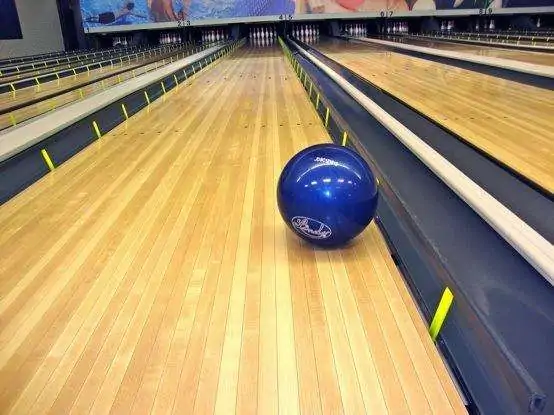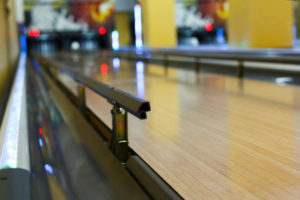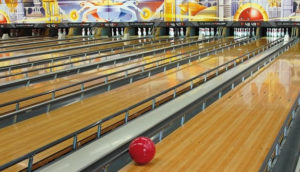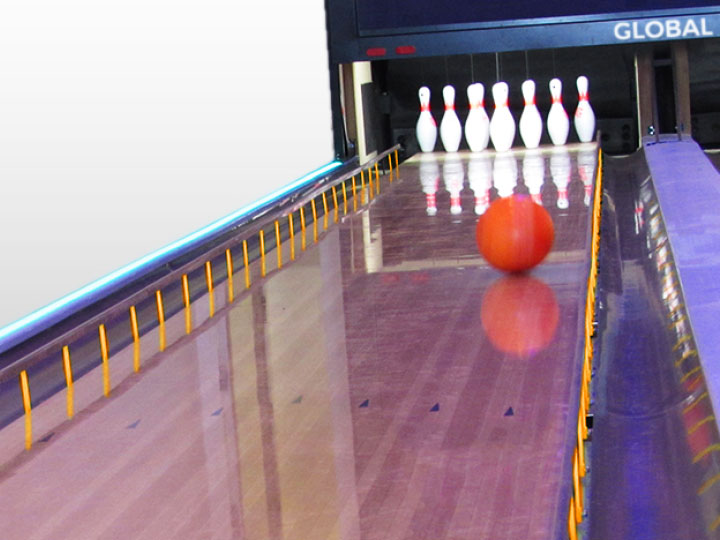Contents
What Is A Bowling Bumper?
Who Uses Bumpers In Bowling?
History Of Bumper Bowling
Why Are Bumpers Used In Bowling?
Is Age a Limitation for Using Bumpers in Bowling?
Employing bumpers in a bowling lane is a straightforward process. Designed to enhance gameplay, bumpers ensure that you can knock down at least one pin on every throw by preventing the ball from rolling into the gutter.
The optimal way to utilize bumpers is to bowl in your usual fashion. The bumpers serve as a safety net in case the ball veers toward the gutter.
Additionally, some players choose to spin the ball deliberately, causing it to bounce off the bumpers. This strategy can either prove beneficial or pose challenges to their overall performance.
Conclusion
In conclusion, the incorporation of bumpers into a bowling lane stands out as a highly valuable enhancement. While it’s true that professional players typically eschew their use, these bumpers undeniably prove to be indispensable for specific groups—most notably children, beginners, and individuals grappling with the challenge of keeping the ball within the confines of the lane and away from the dreaded gutter.
The utility of bumpers lies in their ability to act as a reliable safety net, ensuring that every throw results in the satisfying clatter of at least one pin being knocked down. This not only prevents frustration but also fosters a positive and enjoyable experience, particularly for those still honing their skills in the world of bowling.
Moreover, the adaptability of bumpers accommodates various playing styles. While seasoned bowlers may adhere to their traditional approach, others may choose to leverage the bumpers strategically. For instance, intentional spins can be imparted to the ball, resulting in calculated rebounds off the bumpers. This introduces an element of dynamism, allowing players to experiment and refine their techniques within the forgiving framework provided by the bumpers.

Allow me to introduce myself – I’m Eric Wilkinson, a true bowling aficionado. The world of bowling culture has always fascinated me, and I’ve made the exciting decision to share my passion through writing. As I embark on this blogging adventure, my goal is to provide fellow enthusiasts with valuable insights, tips, and captivating stories. Through my blog, I hope to ignite a deeper appreciation for the sport and foster a sense of community among fellow bowlers. Join me on this thrilling journey as we explore the vibrant world of bowling together.



